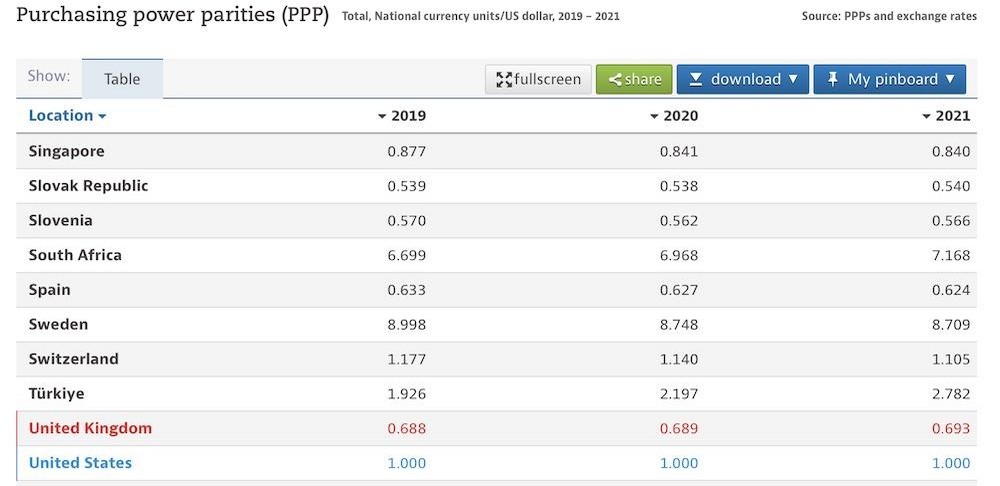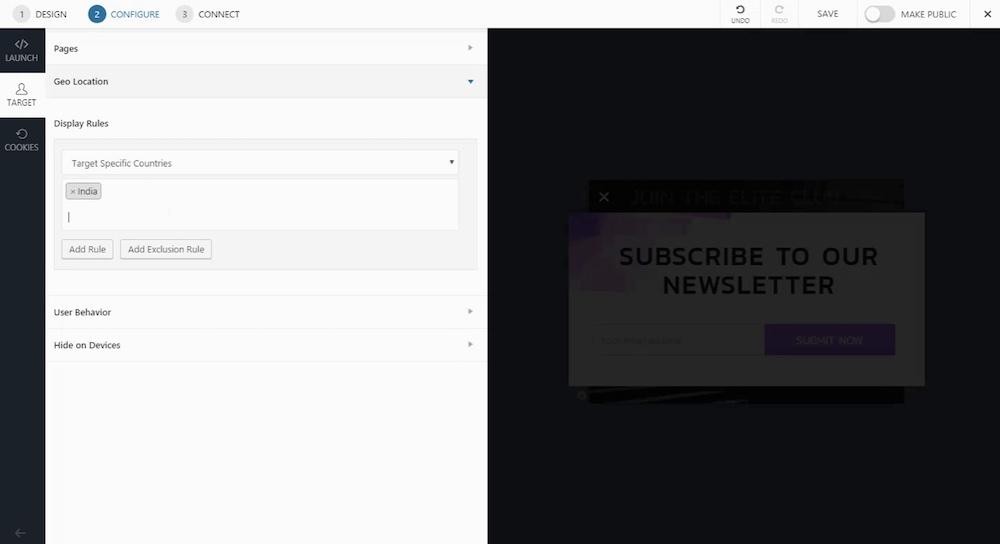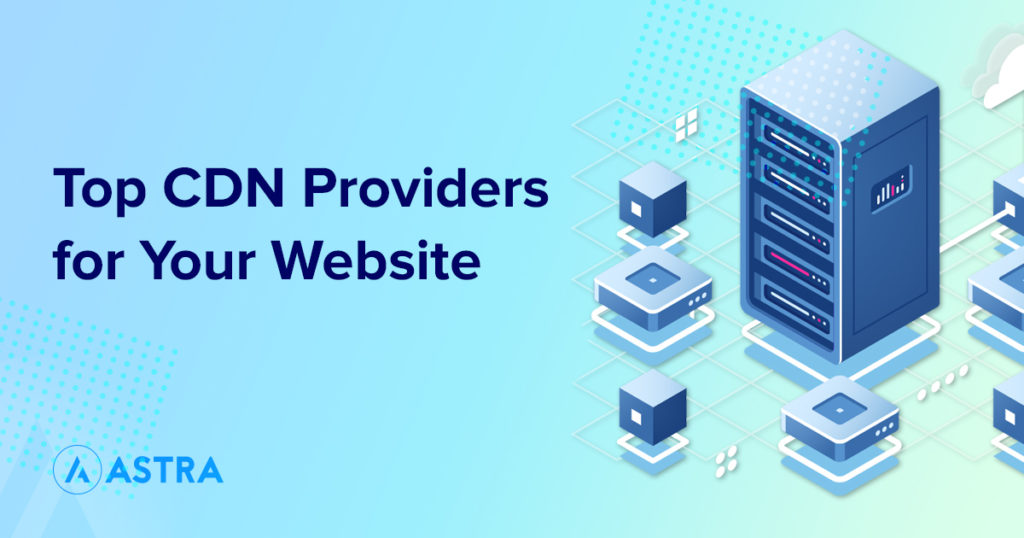In any given year, the cost of living in some countries is always going to be higher than in others.
This is due to a number of factors, including the cost of goods and services, inflation rates, currency exchange rates, and wage levels.
To understand how these factors interact, economists use something called purchasing power parity (PPP) to compare the relative buying power of different currencies.
PPP is a theory that says the same goods should cost the same amount in different countries after adjusting for the exchange rate.
This concept is extremely relevant to online store owners. But how?
With PPP in mind, you can adjust your prices to match the purchasing power of each region’s currency.
This allows you to more accurately reflect how much a customer is willing to pay, while also gaining a competitive edge over your rivals.
If all of this is confusing, don’t fret. We’ll explain how PPP works, why it’s important, and how you can leverage it to boost profits in your online store.
But first, some definitions.
- What is PPP?
- Why is PPP important?
- How is PPP calculated?
- The benefits of comparing PPP from different countries
- The drawbacks of PPP comparisons
- How PPP can help you boost online store profits
- How to use Convert Pro to show popups based on a country's location
- Start using PPP to boost your online store's profits
What is PPP?
Purchasing power parity (PPP) is a theory that states that the exchange rate between two countries should equal the ratio of the two countries’ price levels.
In other words, the exchange rate should equalize the purchasing power of different currencies in different countries.
PPP pricing is used to compare countries’ cost of living, economic growth, and standard of living. But all of this can be a bit difficult to understand.
For context, let’s talk about GDP for a second.
GDP or gross domestic product, is the measure of a country’s total economic output, taking into account all goods and services produced within a given period.
PPP takes this one step further by adjusting for differences in price levels across countries. This allows us to compare their standards of living on a more equal footing.
An example may be helpful here.
Suppose that a pair of shoes cost $100 in the United States and £75 in the UK. Using PPP, we can calculate that the exchange rate between the two countries is equal to 1.33 (100/75).
Now, let’s say a customer in the UK makes a purchase from your online store for $100. With PPP pricing, you can adjust this price to £75 to better reflect the customer’s purchasing power and avoid potential sticker shock.

Why is PPP important?
Purchasing power parity is important for a variety of reasons.
It allows for governments, businesses and individuals to make accurate price comparisons across multiple countries.
This helps to measure the overall economic performance of a country and its currency relative to other countries.
It also gives insight into how competitive businesses are in one country compared to another.
Furthermore, PPP can provide a reliable benchmark for investments across countries and help to identify potential opportunities for growth.
From an economic standpoint, PPP is a concept that is often used in macroeconomic analysis. It helps measure the overall purchasing power of a country’s citizens across international markets.
This is done by comparing the cost of a basket of goods and services in one country to the same basket in another country.
It can provide insight into the relative strength of each country’s currency, and how it compares to other currencies in terms of purchasing power.
Additionally, you’ll find it often used by investors, economists, and politicians. They use PPP to gain a better understanding of how countries compare in terms of economic performance and assess the impact of economic policies on different countries.
It may also be used to identify areas of potential economic growth, as well as highlight any potential issues that may need to be addressed.
So yes, PPP is a multi-faceted calculation that can be invaluable to anyone in business, including eCommerce shop owners.

How is PPP calculated?
The calculation of PPP is complex and involves a number of different factors. Generally, it requires the use of a basket of goods and services that are priced in both countries.
The prices of these items need to be adjusted for taxes, transport costs, and other factors to ensure accuracy.
Once the costs of the items have been determined, they can be compared across countries to determine the relative purchasing power of each currency.
Typically, the two countries’ exchange rates are used to calculate the purchasing power parity between them.
This is done by dividing the cost of a basket of goods and services in one country by the same basket of goods and services in another.
The result is then compared to the current exchange rate between the two countries.
If the purchasing power parity exchange rate is higher than the current exchange rate, then it indicates that there is more purchasing power in one currency compared to the other.
Take a look at this chart from the Organisation for Economic Co-operation and Development showing the PPP across numerous countries with the UK and US highlighted.
The PPP is measured in terms of national currency per US dollar here:

The benefits of comparing PPP from different countries
Comparing PPP offers a variety of benefits you may find useful as a store owner:
- Provides invaluable insight into the relative strength and competitiveness of different economies.
- Generally a more stable comparative than the GDP and less impacted by market fluctuations.
- Help to identify potential investment opportunities, as well as highlight any areas of potential economic growth.
- Aid in the assessment of how effective government policies are in different countries and what impact they may have on different economies.
- Help identify any potential problems that may be impacting a country’s economy. This can include issues related to currency devaluation, inflation and economic stagnation. Such comparisons between different countries can also be useful for assessing relative levels of poverty and inequality in different parts of the world.
- It demonstrates that as a business, you are sensitive to economically weaker regions rather than charging them higher than they can afford.
As you can see, PPP provides numerous benefits but for the record, it’s not without its drawbacks.
The drawbacks of PPP comparisons
Despite the numerous benefits of PPP comparisons, there are also some drawbacks to consider. One of the main issues relates to the accuracy of the calculations.
- As the prices of goods and services need to be adjusted for taxes, transport costs, and other factors, there is the potential for some degree of uncertainty in the calculations.
- Exchange rate fluctuations and other changes in economic conditions affect accuracy as well. These comparisons may also not be able to capture all of the nuances and complexities that can affect an economy.
- Having this information can have an impact on interested shoppers actively comparing prices.
- Someone who compares the price of a product in USD and then in Euros may see a difference that isn’t wholly explained by exchange rates. They might think they are witnessing a case of profiteering rather than other economic influences.
- Perceived discrepancies can cause further misunderstanding and, depending on how much the prices differ, potentially cause an uproar. Clarity in presentation is important here.
- People can abuse it by using VPN. Someone in the know may be able to use a VPN to mask their true location and make it so your website thinks they’re accessing it from a country where they’d get more value for their money.
- Maintenance is hard to keep up with for this sort of thing, too. After all, you’d need to periodically check the PPP for countries in which you do business to see if you need to change your pricing or otherwise alter your coupons and discounts. If they’re out-of-date, they’re not going to do you or your customers any good.
How PPP can help you boost online store profits
By using purchasing power parity to compare the cost of goods and services in different countries, online retailers can identify any potential opportunities for boosting sales.
By focusing on countries where there is greater purchasing power, online retailers can increase sales and revenue by charging higher prices for their products in those markets.
Store owners can also adjust their pricing strategies to meet the needs of customers in different countries, allowing them to better compete in international markets.
With an understanding of purchasing power parity, businesses can make informed decisions on how to price their products and services.
It can also help operate more effectively in international markets.
How to use Convert Pro to show popups based on a country’s location
Convert Pro is our easy-to-use tool that allows businesses to create customized popups.
Those popups can target specific messaging to prospects and repeat customers at precisely the right moment in the sales funnel.

This is a great way to take advantage of purchasing power parity. Businesses can tailor their popups to display different prices and promotions based on the location of their customers.
By entering a list of countries, businesses can create popups that are only shown to customers in those countries.
This means you can create popups based solely on the purchasing power of customers in particular countries.
This allows businesses to maximize their profits by charging different prices in different countries, based on the purchasing power parity between those countries.
By using Convert Pro to show popups based on a country’s location, businesses can ensure that customers are always getting the best deal, while also maximizing profits.
This is a great way to utilize purchasing power parity and ensure you’re getting the most out of your international customers.
And you can choose from a variety of stylish templates to serve as the foundation of your popups:

How to install the Convert Pro plugin
Before you can get started with the Convert Pro plugin, you’ll need to install it. You can do this by logging into your Brainstorm Force store account.

Once logged in, go to My Accounts > Downloads then download the Convert Pro zip file.
Next, login to your WordPress website and go to Plugins > Add New.
From there click Upload and find the Convert Pro zip file on your computer and upload it.
Once installed, click Activate. Then follow the onscreen instructions for inserting your license key.
Configuring Convert Pro
Once the plugin is installed, you’ll need to configure a few settings before creating your popups.
To do this, go to Convert Pro > Settings > General.
Here, you can make numerous adjustments to things like the font used, user inactivity time, and credit links.
You can input email marketing information at this time too if you wish to work on list building.
Create a call to action
Now it’s time to build a popup to entice site visitors into taking a specific action. In this case, that action is likely to make a purchase.
For this example, we’ll be creating a modal popup. To do this, go to Convert Pro in your WordPress dashboard then click Create New.
From here, you’ll be presented with numerous call to action types. Select Modal Popup.

Next, you’ll be prompted to select a template. Once you find a design you like, click the blue Select button directly beneath it.
The next screen offers many customization options for your modal popup. Swap out headings, buttons, text, images, and anything else you’d like here.

With the design settled, you can move onto the Configure settings.
First, you’ll need to establish when you’d like your popup to appear. That is, select when you want the popup to appear on-screen for your site visitors.
A few options include after scrolling, when a user clicks, or when they are about to leave the page.

Setting the location for specific popups
Thanks to the geolocation feature in Convert Pro, you can target specific popups to those living in specific locations.
To do this, you’ll need to continue with the popup setup process from the previous section.
Click on Target and select from a variety of options.
For instance, you can opt to have your popup appear on specific pages, posts, or categories. You can also have popups appear based on the URL the visitor is coming from, or even based on the device they’re using.
Select the Geo Location tab. Then select the display rules you’d like to use for your popup.

You can opt to have your popup appear in specific countries in a few different ways.
Your options include:
- EU countries only
- Non-EU countries
- All countries
- A specific country or countries
For instance, if you opt to have your popup only appear to those in EU countries, only people with a GeoIP based in an EU country will see your popup at the trigger point you set.
You can also set exclusion rules if need be, so your popup won’t appear in countries/regions you specify.
Create country-specific discount codes
To fully integrate the concept of PPP into your store optimization efforts, you might want to create discount codes for each region or country you want to target.
If you determine that the currency of one country you’d like to do business in would make your product feel too costly or unreasonably expensive, you can create a discount code and add this special coupon to popups you create in Convert Pro.
By configuring them to only appear to those within this one country, you can be certain this discount code will only be those with the geolocation you specify.
This also means you stand to increase your profits thanks to higher-converting CTAs that actually target the needs and concerns of your global customers.
Start using PPP to boost your online store’s profits
By understanding purchasing power parity and utilizing the tools available to you, you can start boosting your online store’s profits right away.
Whether you’re using Convert Pro to show popups based on a country’s location or adjusting your pricing strategy to better meet the needs of customers in different countries, utilizing purchasing power parity can help you maximize your profits in the global marketplace.
You can pair these efforts with the selection of a high-quality eCommerce site template using our Astra WordPress theme and Starter Templates – the ideal one-two combo punch to jumpstarting your online store.
So why not take the time to understand PPP and start putting it into practice today? You won’t regret it!
Do you use the principle of ppp in your online store? How does it work out for you? Have any suggestions to help others implement it? Tell us your story below!

Abhijeet Kaldate is the co-founder and CRO of Brainstorm Force. With a keen eye for detail and a knack for getting things done, Abhijeet oversees the company's operations, managing key areas such as HR, marketing, design and finance.
Disclosure: This blog may contain affiliate links. If you make a purchase through one of these links, we may receive a small commission. Read disclosure. Rest assured that we only recommend products that we have personally used and believe will add value to our readers. Thanks for your support!







